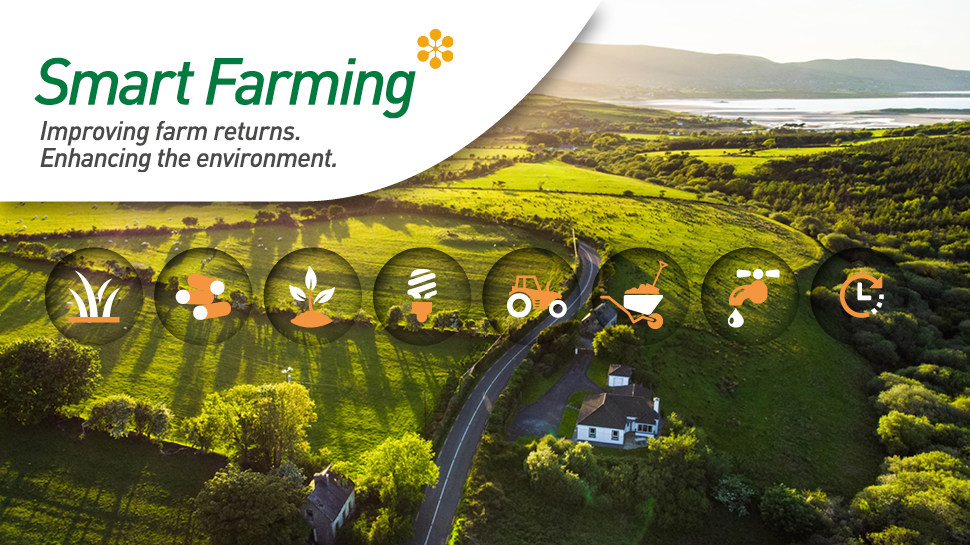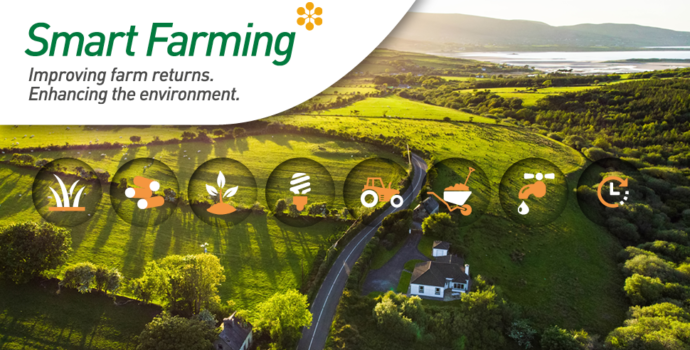
Water Quality
Agricultural Pressures on Water Quality
The main agricultural pressures on water quality are:
- Nutrient run off (nitrogen and phosphorus).
- Sediment loss.
- Chemicals (herbicides and pesticides).
According to the EPA’s report Water Quality in Ireland 2016 – 2021 , 43% of river sites have high nitrate concentrations while nearly a third of river sites (30%) and a third of lakes (33%) have high phosphorus concentrations. Nutrients in rivers and lakes has led to an increase in the level of nutrients in estuaries.
According to the EPA over half (54%) of surface waters are in good or better ecological status, this means that nearly half (46%) are in unsatisfactory condition (see Figure 2).
Surface waters are waterbodies located on land e.g., streams, rivers, lakes and estuaries as opposed to seawater.
Ecological Status is the quality of the ecosystem of a surface water. It is determined by the number of plants, animals and insect present, the pH and physical characteristics of the water body and the level of oxygen, nutrients and chemicals.
How can you improve water quality?
| Farm Category | Actions |
| Farmyard Management | Separate clean and soiled water in the farmyard.Improve the collection and storage of farm wastes.Ensure adequate slurry storage.Ensure that pesticides are stored in a secure, dry area. |
| Land Management | Management of critical source areas (CSA’s). A CSA is an area at a higher risk of nutrient loss due to the soil type and lay of the land.Establish riparian buffers/ in field grass buffers.Establish field boundaries and hedges.Improve farm road/tracks design and location.Use less P on peat soils and no P on sensitive (CSA’s) areas.Alleviate compacted areas in fields.Prevent livestock access to waterbodies, install alternative drinking water sources. |
| Nutrient Management | Apply fertiliser and slurry in accordance with a nutrient management plan.Apply fertiliser and slurry at the right rate, in the right place and at the right time.Improve soil fertility and implement a liming plan.Use protected urea.Use low emission slurry spreading (LESS) to reduce nutrient losses to water. |
| Pesticides | Avoid applying pesticides if possible. If necessary, apply in accordance with instructions and in the correct weather conditions (i.e. no rainfall forecast).Used pesticide containers should be triple-rinsed, washings added to the sprayer and containers should be disposed of correctly. Contact your Local Authority for guidance. |
EPA Pollution Impact Potential maps
Critical source areas can be identified on the EPA Pollution Impact Potential (PIP) maps.
Smart Farming have developed a video tutorial on how to use the PIP maps which can be viewed here.
Smart Farming is a voluntary resource efficiency programme, run by the Irish Farmers’ Association in partnership with the Environmental Protection Agency. For more information on the Smart Farming programme visit www.smartfarming.ie.




